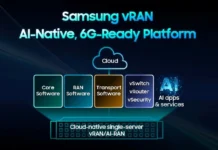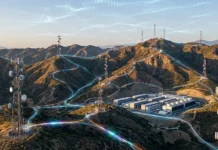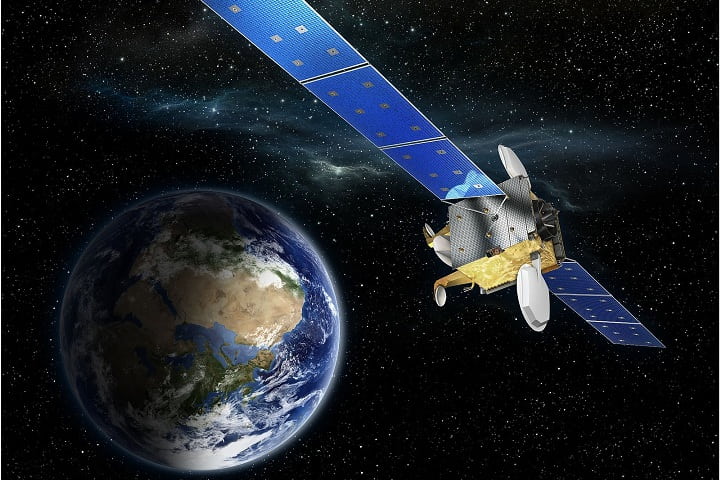BridgeComm, Inc., a leader in optical wireless communications (OWC) solutions and services, has announced that it was selected as the OWC solution provider for HySpecIQ‘s new low earth orbit (LEO) constellation. These advanced satellites will provide high-resolution hyperspectral imaging that—when combined with HySpecIQ’s advanced analytics platform—will serve vital needs in myriad market verticals, including environmental intelligence, national security, natural resources, agriculture, insurance, and risk management.
“This partnership is the latest example of BridgeComm’s global market leadership in providing fast, secure, enterprise-grade broadband services for high-growth applications,” said Barry Matsumori, CEO of BridgeComm. “BridgeComm’s advanced design and end-to-end service capability fulfill HySpecIQ’s needs for trusted technology and a supplier that is both innovative and reliable.”
“We’re developing a system that addresses a wide array of spectral applications with timely and accurate solutions,” said Bill Sullivan, Executive Chairman and founder of HySpecIQ. “BridgeComm’s solution will allow us to download large volumes of data from our constellation with low latency, in a reliable, secure manner which ensures data integrity. It’s these attributes, coupled with time to market and cost considerations, that clearly led us to select BridgeComm as our OWC partner.”
BridgeComm has quickly garnered attention as the first organization to commercialize OWC and begin development of a global network of optical ground stations designed to support complementary fixed and mobile terminals that provide high-bandwidth, high-security solutions for unique applications. A wireless technology offering rapid point-to-point data transmission via beams of light that connect from one telescope to another using low-power, safe, infrared lasers in the terahertz spectrum, OWC holds tremendous potential to augment RF, fiber and mmWave technologies and extend the capabilities of the terrestrial fiber grid—particularly in hard-to-access environments and in areas where cell towers do not currently exist.





















